How do tulips breed?
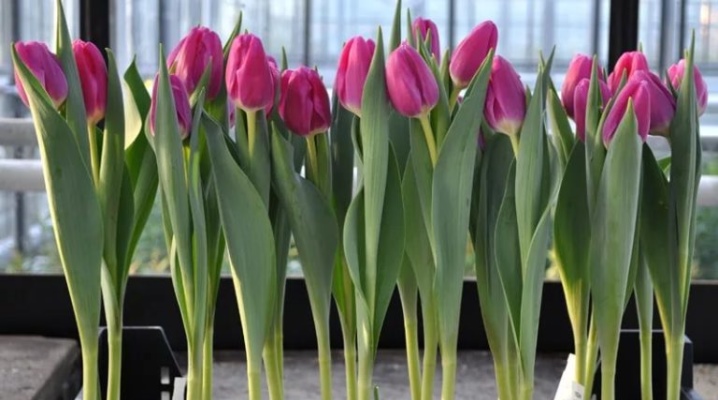
Blooming tulips with their enchanting beauty can cause genuine delight and decorate the landscape of any garden plot or park area. In nature, the flowering plains of steppe tulips amaze the imagination and cause trembling admiration. The inhabitants of our planet have fallen in love with these flowers since ancient times. Passionate aficionados collect varieties, try to find new varieties and are willing to pay a high price for a rare variety.
Short description
Tulips are perennial bulbous plants of the lily family. For decorative purposes, they are grown in garden plots by almost all growers.
Specialized floriculture farms are engaged in the cultivation of large quantities of cut for subsequent sale.
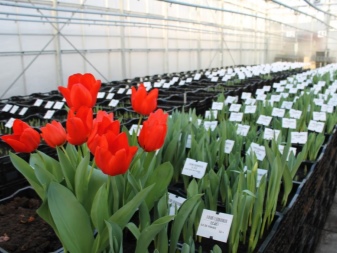
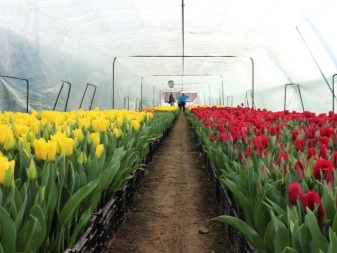
The buds have a varied shape and color, among the hybrids there are varieties with variegated petals. During the short growing season, tulips have time to bloom, form seeds and plant new bulbs in the ground, while old bulbs die off.
During the summer dormancy, the rudiments of shoots and buds of the new season are formed in the new bulbs. In the fall, the bulbs will form roots and the shoots will be completed.
Reproduction in nature
Tulips are easy to care for and easy to cultivate. For successful cultivation, it is important to understand how tulips reproduce in nature. Under natural conditions, steppe tulips undergo self-renewal: every year the out-of-date bulb is replaced by a new one, in the next season the natural cycle is repeated. This can go on for a long time (up to 60 years), but not indefinitely.
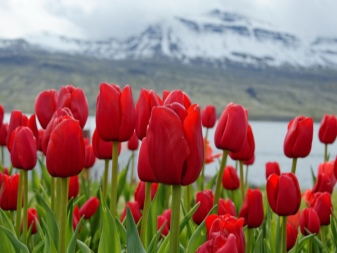

Physiological signs of aging accumulate in replacement bulbs year after year. The moment will come when the plant will grow old and will not be able to recover in the next season. But other younger tulips will bloom violently around, and the steppe will be covered with a luxurious spring carpet.
In addition to self-renewal, wild tulips sprout from seeds that fall from ripe seed bolls.
Reproduction of cultivated species
There are 2 ways: vegetative (asexual) and seed. The choice of method depends on the goal. If breeding of a new variety with a change in decorative properties is planned, then the seed method is chosen. When growing flowers while maintaining varietal characteristics, a vegetative method is used.
Vegetative propagation
In this most convenient way, tulips reproduce most often. Flowering occurs quickly, the decorative properties of the mother plants are steadily preserved. During active vegetation, small nodules (babies) of different sizes grow around the mother bulb, and a replacement bulb is formed - the largest of the daughter ones. Leaves and flower buds are laid in it for the next season.
To obtain high-quality planting material it is necessary to timely and correctly dig up the bulbs after flowering, process, sort and store them until autumn planting.
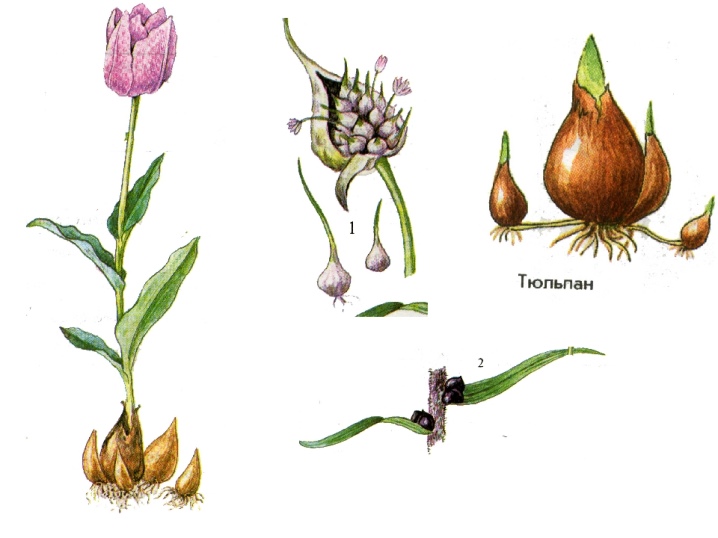
Digging
The timing depends on the variety of tulips, usually the end of June - the first half of July. Tulips are ready for digging if the leaves have become lethargic, turned yellow, have lost their turgor, but have not yet dried up. If the leaves rustle and collapse, then they were a little late with the digging.
The bulbs should not be dug out too early - they still have white covering scales, the accumulation of nutrient resources has not ended. If the digging is delayed, the nest of bulbs will collapse in the soil, some of the children will not be able to collect.
An important point: the shovel should be inserted into the soil not at an angle to the stem, but vertically, as deeply as possible, swinging it with your foot in order to eliminate the risk of damage to the bulbs as much as possible.
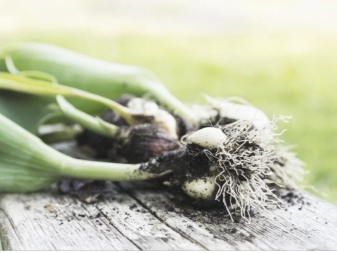
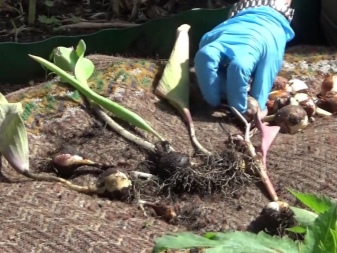
Treatment
The dug out bulbs are cleared of the ground, examined and discarded suspicious specimens: damaged, with signs of diseases, of irregular shape. All planting material is soaked for half an hour in a weak solution of potassium permanganate, then dried in the shade for two days, and carefully examined again.
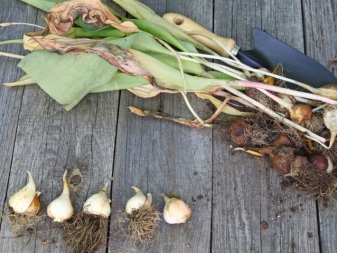

Sorting
Planting material must be sorted to create a harmonious flower garden design from plants of approximately the same height and large flowers, for separate growing of children of different sizes, to maintain the planting depth of the bulbs during planting. Extra-class bulbs should be more than 40 mm in diameter, first class - 35-40 mm, second - 30-35 mm, third - 25-30 mm. Children are disassembled into two categories: the first is 15-20 mm, the second is all the others that are less than 15 mm. Sorting allows you to clearly plan the planting of compositions in the garden.
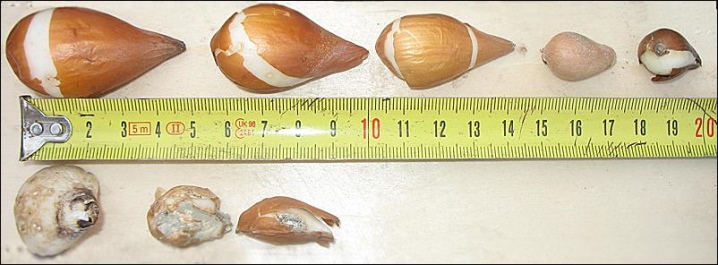
Storage
It is important to create optimal conditions during the summer dormant period, since during this time the bulbs begin to lay flower buds for the tulips to bloom in the next season.
Shallow drawers with ventilation holes are suitable for storage.
In order not to confuse the varieties, the boxes must be signed. The room should have a humidity of about 80% so that the bulbs do not dry out. The temperature at the beginning of storage should be maintained within +20 + 25 degrees (2-3 weeks), then gradually reduced to 12-15 degrees Celsius. It is necessary to store the planting material in the dark, as light can affect the physiology of the bulbs, due to which the quality of flowering may deteriorate.
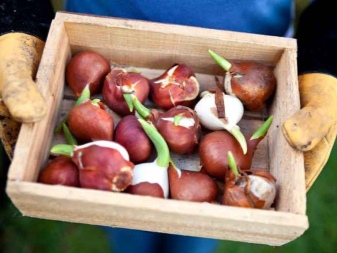

Landing
Tulips are planted in the fall before the frost begins. It is better to plant in groups of varieties - this makes it easier to care for the flowers. The general rule for planting tulips is that the planting depth of the bulbs should be 3 times the height of the bulb itself. When the planting material is correctly sorted, it is easy to follow this rule by making a groove of the desired depth.
Planting density depends on the size of the bulbs: the smaller, the thicker. Babies are planted earlier than large specimens; from the baby's tuber, you can get a good basis for a beautiful flower in the future.
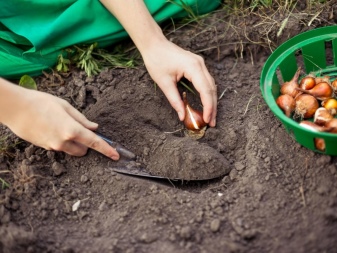
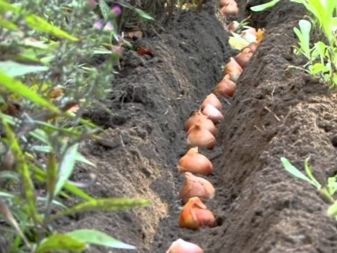
Seed reproduction
Tulips are angiosperms and, when pollinated, bear fruit, forming a box with seeds. Some gardeners do not even know about the seed method, so vegetative propagation is so convenient and widespread in practical floriculture. But in breeding work, seed breeding is indispensable. This method is rare, but still used by lovers of botanical experiments in their areas to get a new shape of buds or an unusual color of petals.
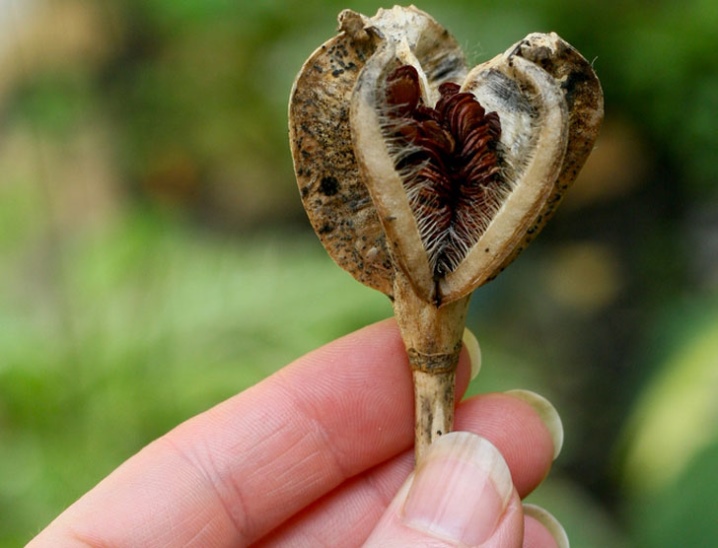
With seed reproduction, artificial pollination of plants is carried out manually. The bulbs of the varieties that have been selected for crossing are planted side by side. It is better to select varieties with the same flowering time so that the plants are ready for pollination at the same time.
If the flowering dates of the parent plants do not coincide, you have to collect the pollen in a special paper bag and store it in the refrigerator.
2 days before pollination, the stamens (anthers) are carefully removed from the crossed plant. The pistil is pollinated with pollen from a flower of another selected variety twice with an interval of 2-3 days. So that insects cannot accidentally harm, flowers after pollination are protected with light covering material. With proper care, the seed pods are expected to ripen.


Ripe bolls turn brown, microcracks appear on them. It is important not to miss the moment when the seeds are ready and to collect them in time, as they can quickly crumble from the capsule to the ground, the seed material will be lost. The collected seeds can be stored in the vegetable compartment of the refrigerator until sowing.
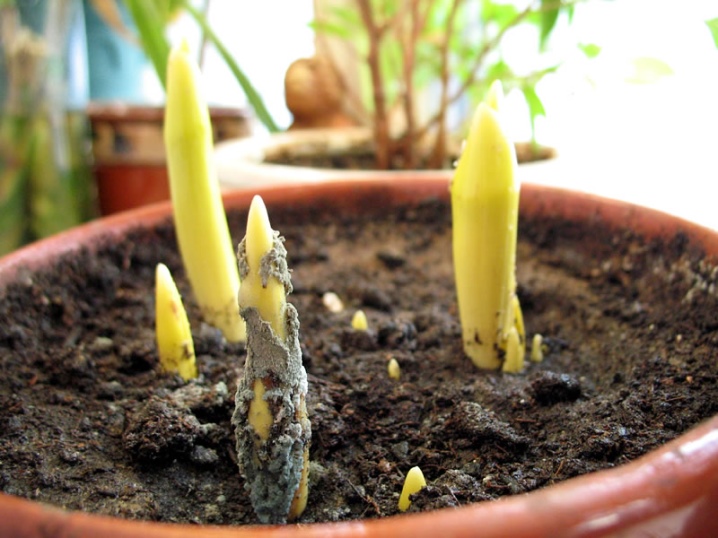
The seeds obtained from crossing are sown in planting containers to a depth of no more than 2 cm. In about 3 years, small bulbs will form, which are transplanted into the garden. You can sow seeds directly into open ground, but for the winter you need to protect them from the cold.
The first flowering will occur in about 5 years. At first, these will be weak and dim buds. The plants will gain full strength only after 8-12 years (depending on the variety).
In the future, the new variety is bred vegetatively.


Carrying out the process of propagation of tulips in accordance with the rules of agricultural technology, depending on the method, will allow you to preserve the botanical characteristics of existing varieties in a pure form or to obtain varieties with new decorative characteristics that will take a worthy place in the collections of true tulip lovers. Each spring will delight the owners of the garden with an amazing flowering of delicate tulips, and none of the guests or neighbors will remain indifferent to such beauty.
How tulips reproduce, see below.







































































































The comment was sent successfully.